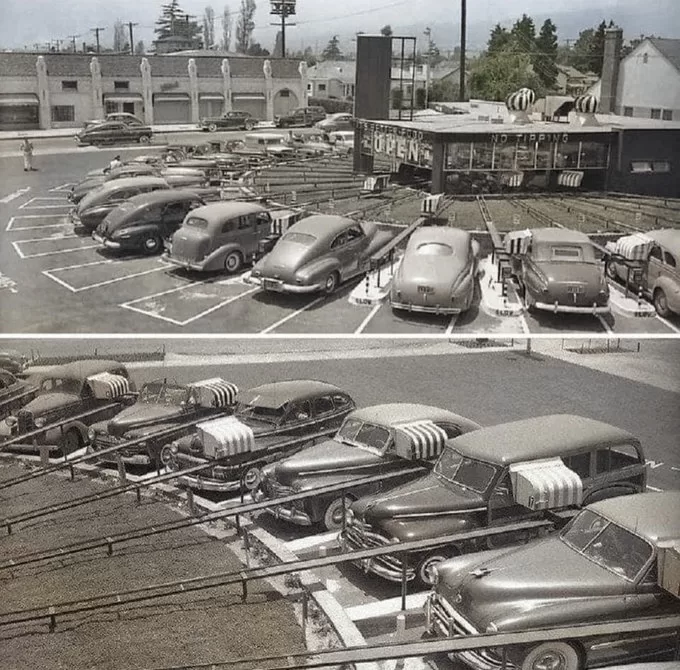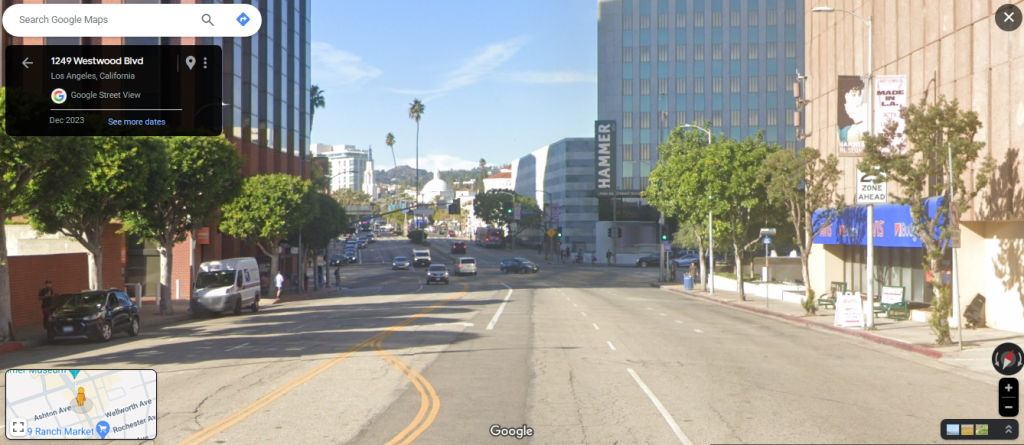Los Angeles in the 1940s was a city of contrasts, where the glamour of Hollywood coexisted with the grittiness of crime and corruption.
The city attracted thousands of hopefuls who dreamed of stardom and success, but also faced the harsh realities of the Depression, the war, and the racial tensions.
Table of Contents
The culture of Los Angeles was shaped by the diverse influences of its residents, who came from various ethnic, social, and artistic backgrounds.
The city was also a hub of creativity and innovation, where new forms of art, music, and literature emerged. The film industry flourished, producing iconic movies such as Citizen Kane, Casablanca, and Double Indemnity.
The noir genre, inspired by the hard-boiled fiction of writers like Raymond Chandler and Nathanael West, captured the dark and cynical mood of the city.
The music scene was vibrant, with genres such as jazz, swing, and blues. The art world was eclectic, with artists such as David Alfaro Siqueiros, Man Ray, and Jackson Pollock.
The literary scene was diverse, with writers such as John Fante, Thomas Mann, and Aldous Huxley.
The culture of Los Angeles in the 1940s was a reflection of its complex and dynamic identity.
Billionaire Howard Hughes Critically Injured in 1946 After Crashing This XF-11 Plane

On July 7, 1946, Howard Hughes embarked on the maiden flight of the XF-11, an experimental Army photographic plane he had designed.
However, this historic flight took a tragic turn.
Hughes, the billionaire airplane manufacturer, oilman, and motion-picture producer, was critically injured when the XF-11 crashed in Beverly Hills.
During the flight, an oil leak caused the propellers to reverse their pitch, leading to a loss of altitude.
Hughes seemed to aim for the Los Angeles Country Club golf course, where he likely intended to crash-land the twin-engine aircraft.
Actor Dennis O’Keefe, who witnessed the incident from his home, described the plane as flying at an extremely low altitude based on the sound of its engines.
Unfortunately, Hughes fell approximately 300 feet short of the golf course, resulting in a treetop-clipping attempt.
The crash destroyed three homes and the aircraft.
Rescuers pulled Hughes away from the burning wreckage, saving his life.
Hughes suffered burns on 78 percent of his body and severe injuries, but his survival was a testament to their quick thinking and bravery.
Despite the physical scars, Hughes rallied and continued his aviation endeavors, leaving an indelible mark on history.
“Motormat” at The Track

The Motormat was a novel system of food delivery that used conveyor belts to replace carhops at a drive-in restaurant in Los Angeles in 1948.
Customers would order and pay through a metal bin that moved along rails, and receive their food and change in the same way.
The inventor claimed that this method was faster and more convenient than the usual drive-in service.
However, the Motormat did not catch on, and the drive-in that adopted it, The Track, struggled to compete with the traditional carhops.
Westwood Village 1941


Westwood Village 1941The photo captures a street scene of Westwood Village in 1941, a newly developed commercial and residential area near UCLA.
The photo is taken from the approximate corner of Ashton Avenue and Westwood Boulevard, looking north.
The street is lined with palm trees, shops, and restaurants, and filled with vintage cars and pedestrians.
The most prominent feature of the photo is the Janss Dome, a historic building with a colorful terra cotta dome and a Moorish zig-zag pattern.
The Janss Dome was the first building erected in Westwood Village in 1929, and it housed the headquarters of the Janss Investment Company, the developers of the village.
The dome, along with the white towers of the nearby movie theaters, served as a landmark and a symbol of the Mediterranean-themed Westwood Village.
The Janss Dome still stands today, and it is a Los Angeles Historic-Cultural Monument. The photo reflects the history and culture of Los Angeles in the early 20th century, when the city was booming and expanding.
Westwood Village was one of the many suburban communities that emerged as a result of the automobile industry, the oil industry, and the entertainment industry.
The photo also shows the influence of Spanish and Moorish architecture on the city’s design, as well as the diversity and vitality of its population.
The photo is a snapshot of a time when Los Angeles was transforming from a small town to a major metropolis, and when Westwood Village was a new and exciting destination for shopping, dining, and entertainment.
1940s Los Angeles Residential Neighborhood
Los Angeles in the 1940s was a city undergoing rapid growth, fueled by the booming wartime economy and the allure of sunshine and opportunity.
This growth was reflected in its residential areas, which saw the construction of countless single-family homes, particularly in the expanding suburbs.
These neighborhoods were typically characterized by their uniformity, with rows of similar houses on tree-lined streets.
Car ownership was becoming increasingly common. The cost of a new sedan could range from around $800 to $2,000, depending on the make and model, which was a significant sum for many families during this period.
This, combined with limited public transportation options, meant that car ownership was often a necessity for those living outside of the city center.